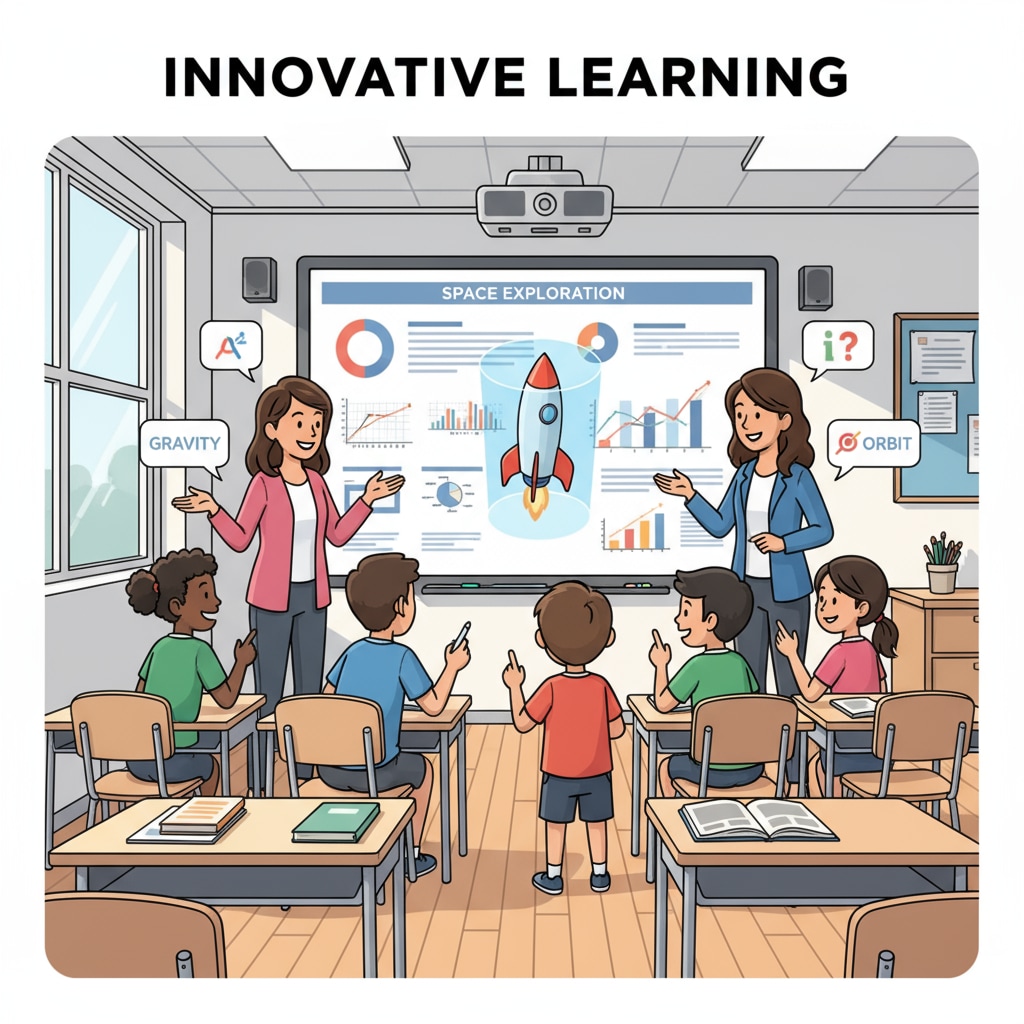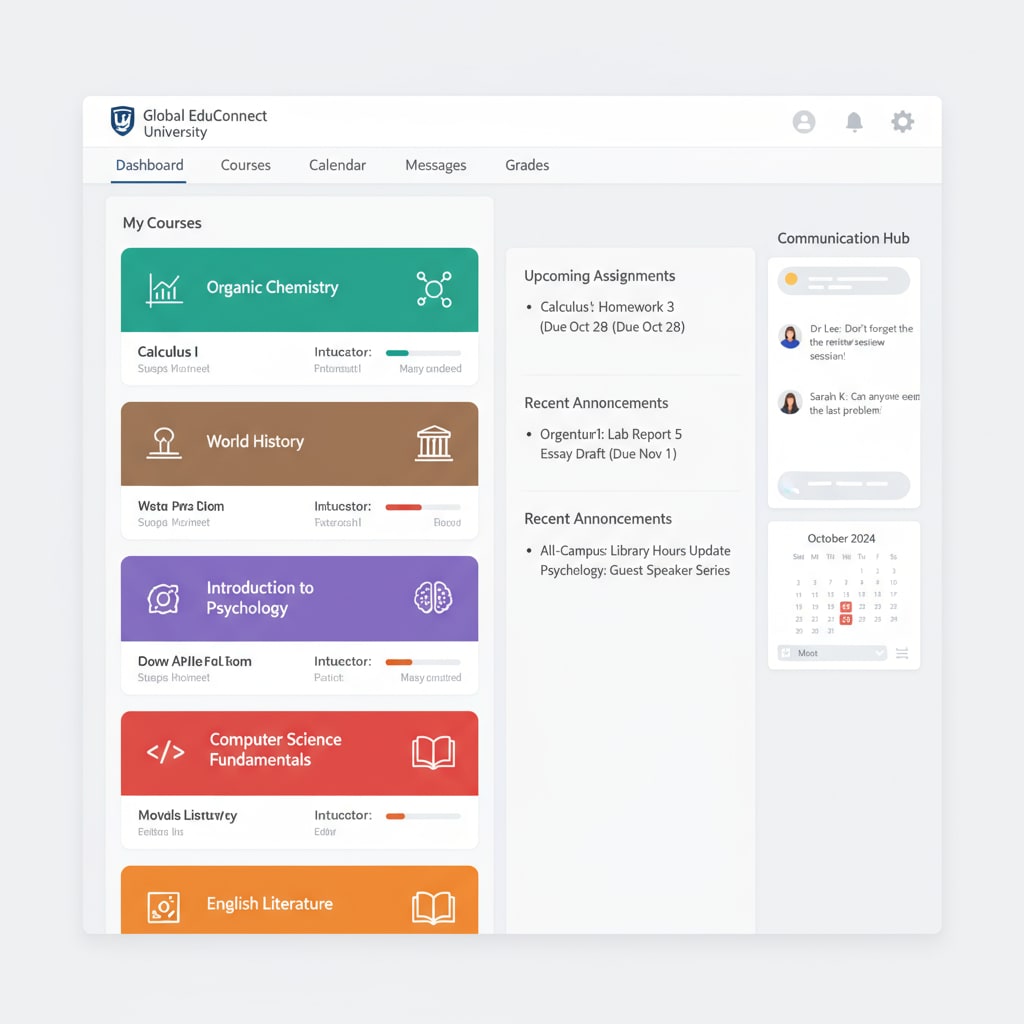In the digital age, educational technology has become a powerful force in enhancing classroom learning and student engagement. As educators strive to create dynamic and effective learning environments, the right tools can make a significant difference. This article will explore five educational technology tools that are revolutionizing the K12 education experience.
Interactive Whiteboards: A Gateway to Active Learning
Interactive whiteboards have transformed traditional classrooms into interactive learning spaces. These boards allow teachers to display multimedia content, such as videos, images, and interactive games. For example, teachers can use platforms like SMART Board to present lessons in a more engaging way. Students can actively participate by coming to the board to solve problems, make annotations, or collaborate on projects. This hands-on approach not only increases student engagement but also helps in better understanding of the subject matter.

Learning Management Systems: Streamlining Education
Learning Management Systems (LMS) like Moodle and Canvas have become essential in modern education. They provide a centralized platform for teachers to create and deliver courses, assign tasks, and track student progress. Students can access course materials, submit assignments, and interact with their peers and teachers. In addition, LMS allows for personalized learning experiences as teachers can tailor content to individual student needs. This helps in promoting independent learning and keeping students engaged throughout the learning process.

Another tool that has gained popularity is educational apps. There are numerous apps available for various subjects, such as Khan Academy for math and science learning. These apps offer interactive lessons, practice exercises, and real-time feedback. They can be used both in and out of the classroom, allowing students to learn at their own pace. Moreover, the gamification elements in many apps make learning fun and increase student motivation.
Online collaboration tools are also crucial for enhancing classroom learning. Tools like Google Docs and Microsoft Teams enable students to work together on projects, share ideas, and provide feedback. This promotes teamwork and communication skills, which are essential in the 21st-century workplace. By using these tools, students can engage in meaningful discussions and learn from each other’s perspectives.
In conclusion, educational technology tools play a vital role in enhancing classroom learning and student engagement in K12 education. From interactive whiteboards to learning management systems, these tools offer new ways to teach and learn. Educators should embrace these technologies to create more engaging and effective learning environments. Educational technology on Wikipedia Educational technology on Britannica
Readability guidance: Using short paragraphs and lists helps summarize key points. Each H2 section can have a list for better organization. Controlling passive voice and long sentences, and adding transition words like ‘however’, ‘therefore’, ‘in addition’, ‘for example’, and ‘as a result’ throughout the text makes it more readable.


